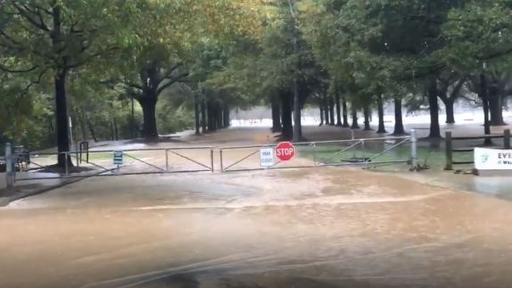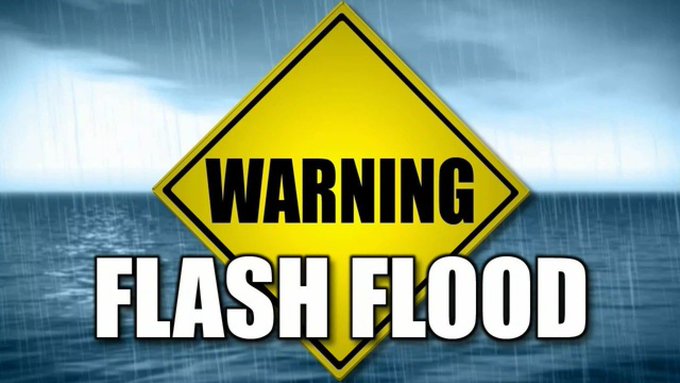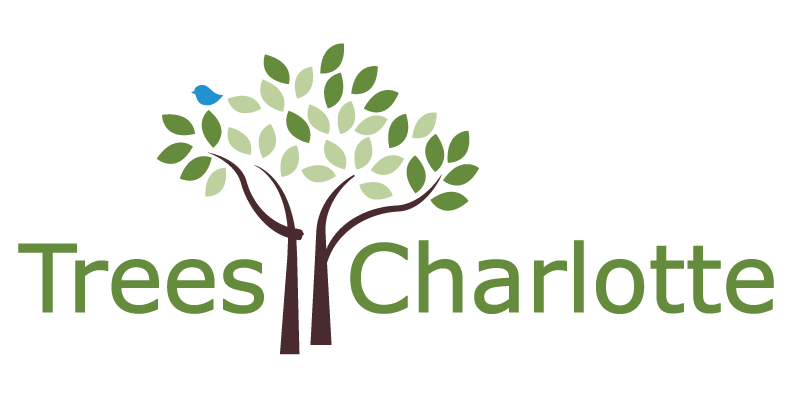Is Your Tree Drinking Responsibly?
Concerned Tree Parents of Charlotte,
We are worried about an issue that’s sweeping the nation and might be affecting the health of your young tree… Your tree could be drinking too much! Well, too much water, that is. After several days of heavy, icky rain and dramatic flooding in Charlotte, you might be concerned about how big rain events (like the one last week) affect your baby tree and its watering schedule. After all, heavy drinking is a serious issue. So, we’ve got some answers to commonly asked water-related questions:

Q: I know I’m supposed to stop watering in the fall and winter while my tree is dormant, but does that mean lots of rain harm it?
A: No! As long as your soil is well drained, fall and winter precipitation won’t hurt the tree even though it’s not “watering season.” In fact, it won’t hurt to give your tree a little water during the winter if it’s been a really long time since the last rain or snow (more than a month).
Q: What should I do after a big storm during the spring/summer watering season? Should I stick to my weekly schedule?
A: Although having a watering schedule is a helpful reminder to keep your new tree hydrated, there can be confusion about how rain might alter that schedule. Tree experts recommend giving a young tree 5 gallons of water per 1 inch of trunk diameter every week unless it has rained in the past 3-5 days. However, this formula isn’t perfect. It changes based on how heavily it rained and for how long. A good rule of thumb is to feel the moisture in the soil by sticking a finger in the dirt near the base of the tree. If it’s bone-dry throughout, it’s a good idea to give your tree a water. If you can feel dampness, you’ll be fine waiting a day or two.
Q: My yard often has standing water after it rains. Will this hurt the new tree?
A: Areas with standing water after rain can usually be attributed to poor drainage. Unfortunately, this can cause issues for many trees, such as root rot, fungal infections, and lack of oxygen in the root zone. If you aren’t sure about your yard’s drainage, you can check by digging a hole 12 inches deep and wide, then filling it with water. If it takes more than 12 hours to drain completely, the soil has poor drainage. Our #1 recommendation is to plant trees that can thrive in standing water environments, such as bald cypress, river birch, weeping willow, blackgum, and swamp white oak. There are also mechanical ways combat poor drainage, like installing drainage tiles, drainage lines, or trenching– all of which an arborist service will help you with. Little things that you can do to help this problem is amending the soil’s structure with organic materials like mulch and earth worms. Symptoms of tree trouble due to poor drainage and too much water include:

- Exposed roots that are mushy and brown
- Loosened or unstable tree
- Wilted leaves
- Leaves that are green, but delicate and fall off easily when touched
- Premature fall color
- Branch dieback
Keep in mind, some of these symptoms might be difficult to attribute to water damage alone, so contacting a certified arborist to take a look would be your best bet.
We at TreesCharlotte understand that making sure your young tree gets enough, but not too much, water can feel like a balancing act. It might be comforting to know that once you get past those first few years, trees are super low maintenance and will only need watering during periods of drought.



